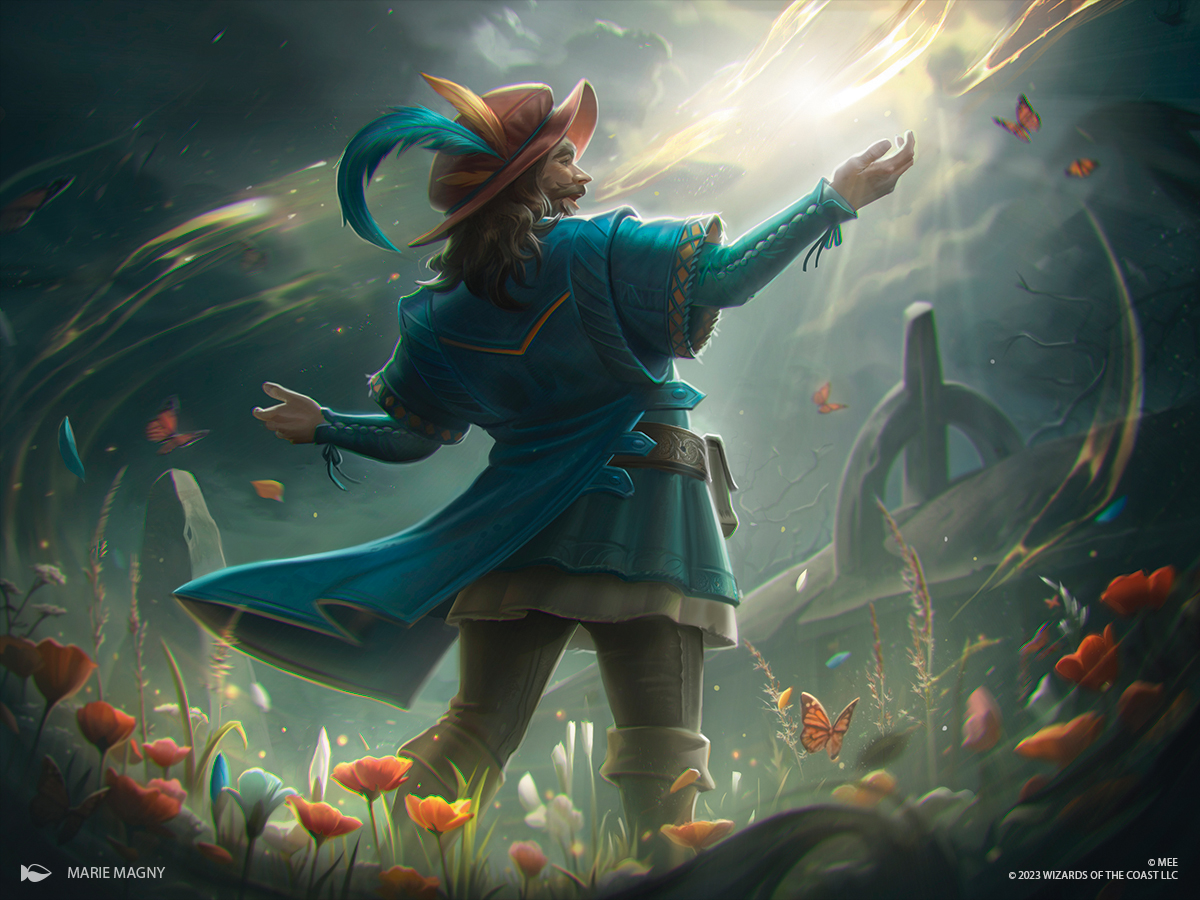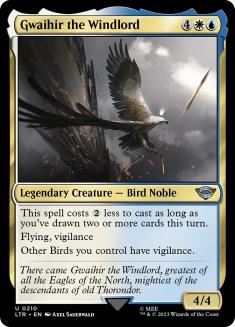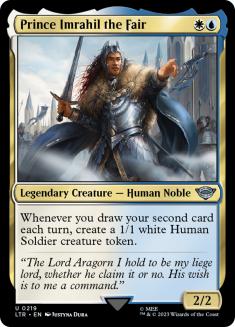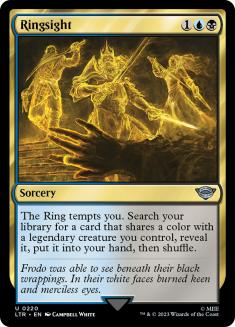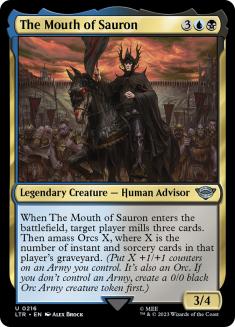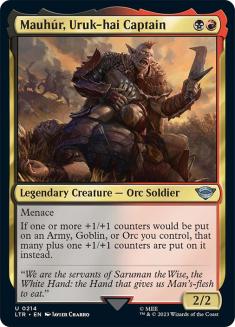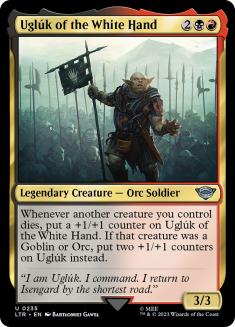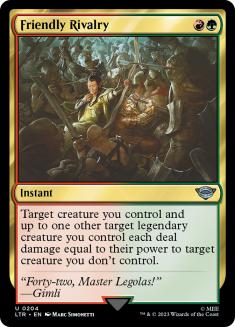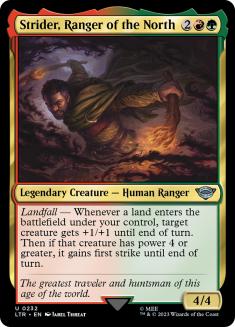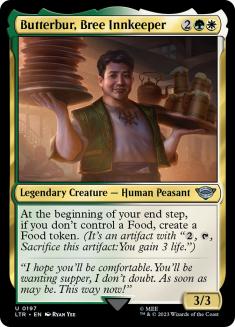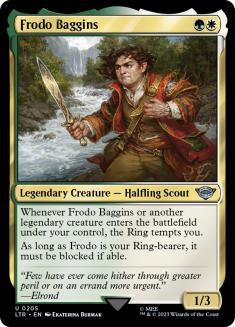The Lord of the Rings: Tales of Middle-earth releases today on MTG Arena! We’re not quite done with March of the Machine just yet, but a brand-new Draft set will certainly keep me entertained until Wilds of Eldraine.
Today, I’ll break down the five allied-color pairs, their overall gameplans, and specific cards to use.
Azorius
Azorius has a couple of things going on in Middle-earth, most notably bringing back the “draw-two” mechanic. The payoffs of Stalwarts of Osgiliath and Knights of Dol Amroth pale in comparison to Prince Imrahil the Fair. I don’t really think this is worth trying to support as an entire sub-archetype, but it’s important to keep in mind that The Ring easily allows for a second card drawn by attacking with a Ring-bearer that has the second ability (draw and discard on attack). This allows “draw-two” triggers to resolve on the same turn as casting a creature.
Azorius also supports humans via Dúnedain Blade, and Birds with Gwaihir the Windlord. Overall, Azorius will look to end the game with evasive threats while using cards like Fog on the Barrow-Downs and Bewitching Leechcraft to keep the ground locked down.
Dimir
Dimir aims to stifle early threats and win via card advantage. Black offers removal spells like Claim the Precious and Lash of the Balrog to address threats, while blue offers the card advantage spells, like Arwen’s Gift or Lórien Revealed.
Most of the win conditions for the deck will be somewhat unexciting. Instead, you will end up winning games via whatever creatures you get your hands on and out-valuing your opponent throughout the match. These types of decks will be tricky to play early, as you will need to know what threats need to be dealt with and when it’s safe to draw cards, but it shouldn’t take too long to figure out.
Rakdos
Rakdos is an aggressive deck that uses fast, expendable creatures, while clearing out blockers with removal spells. Dunland Crebain will be at its best here, providing multiple bodies to lay siege to your opponent. Black offers Nasty End as one of the better sacrifice outlets, while red brings out Improvised Club, a callback to the previous amass set’s Heartfire.
Haradrim Spearmaster and Easterling Vanguard look to put the opponent on the back foot early, while Mordor Trebuchet, Mirkwood Bats, and Warbeast of Gorgoroth help to provide the reach to finish off your opponents.
Gruul
Gruul is a traditional beatdown deck looking to outsize your opponent’s creatures, fighting along the way. The deck will be looking to put big creatures on the battlefield like Bag End Porter, Mirrormere Guardian, or Olog-hai Crusher, and then using Ent’s Fury, Stew the Coneys, or Friendly Rivalry to clear the path. Bombadil’s Song, Gimli’s Fury, and Pippin’s Bravery are all tricks that will allow you to continue the beatdown path. Wose Pathfinder will be one of the best creatures, allowing you to get your big creatures out a turn early while providing utility late in the game.
Selesnya
Selesnya is all about Food, with payoffs via cards like Hobbit’s Sting, Mushroom Watchdogs, and Bill the Pony. There are also payoffs for tokens in general, via cards like Peregrin Took, Shire Shirriff, or Rosie Cotton of South Lane, benefiting from tokens generated by Protector of Gondor or Faramir, Field Commander. Selesnya has the ability to a quick aggro deck, but most iterations will end up more midrange creature builds, looking to use various token synergies to gain advantage. The deck’s late-game is a little weak, but you can always use uneaten Food tokens to pad your life total while digging for a way to win.
My next article will cover the five enemy-colored archetypes. Until then:
Lose and Learn, Learn and Win!

